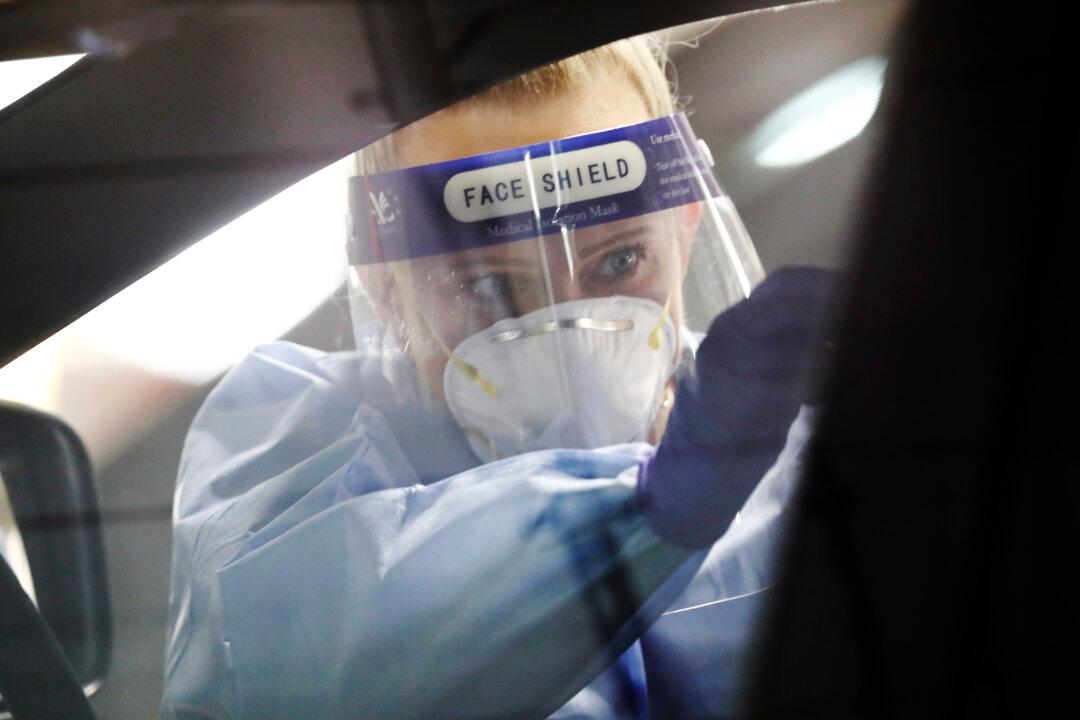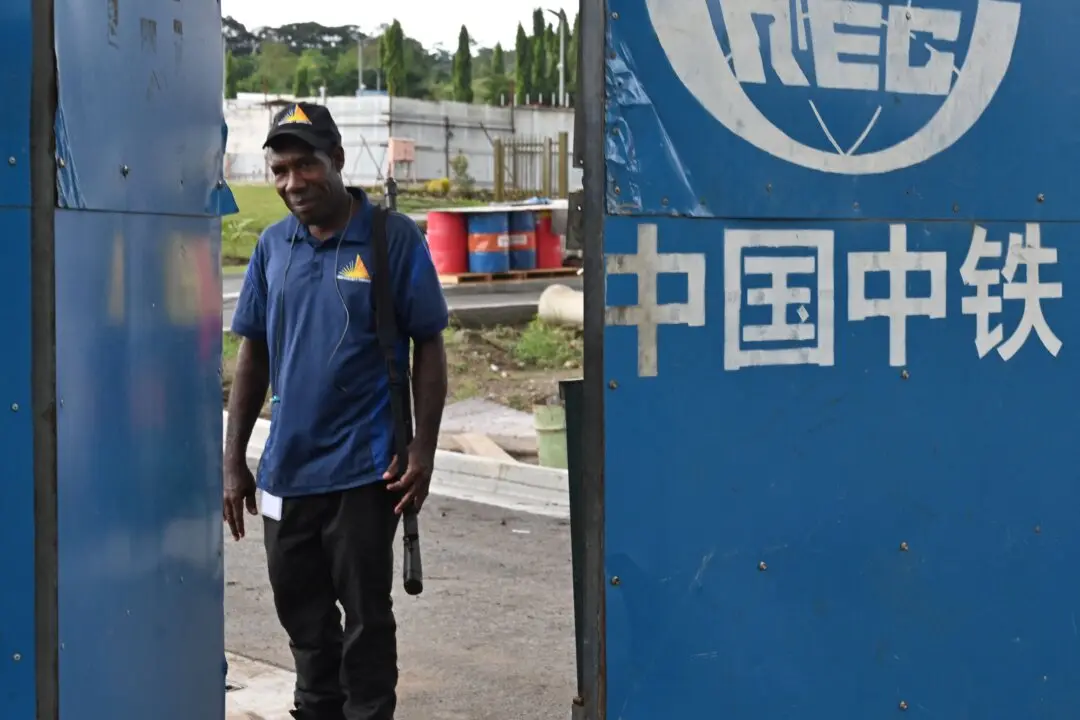As Australian leaders begin winding back COVID-19 restrictions, medical experts have warned not to ease them too quickly so as to avoid a potential second wave of the CCP virus.
State and federal leaders will decide what rules are to be eased on Friday, April 8 at a national cabinet meeting.





